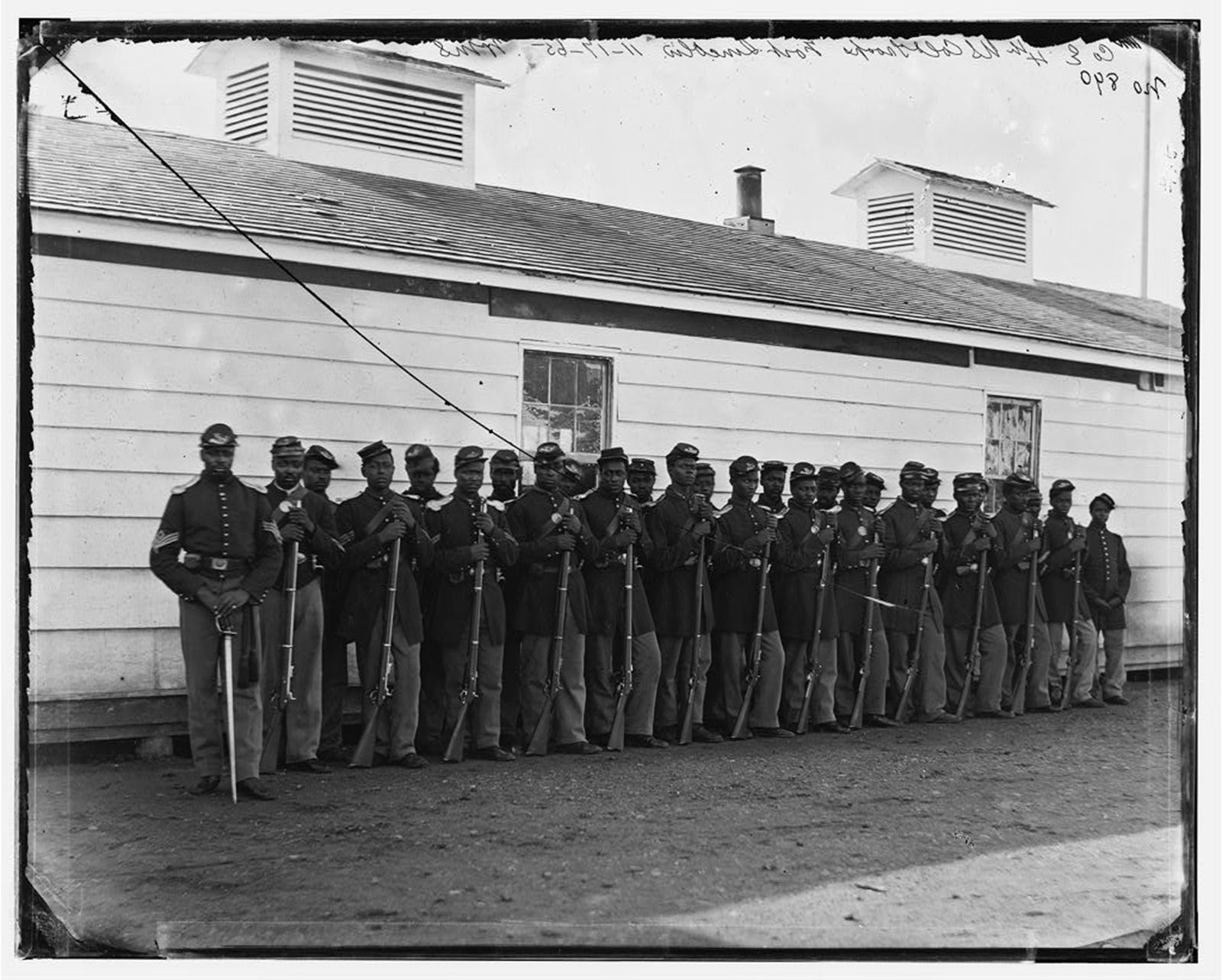
Such men would go on to fight in some of the most noted campaigns and battles of the war to include, Antietam, Vicksburg, Gettysburg, and Sherman’s Atlanta Campaign. A few weeks after President Lincoln signed the legislation on July 17, 1862, free men of color joined volunteer regiments in Illinois and New York. It had become an “indispensable military necessity” to call on America’s African descent population to help save the Union. In July of 1862, Congress passed the Militia Act of 1862. Clearly overrepresented in the military, African Americans played a decisive role in the Civil War. Yet, only one percent of the Northern population was African American. They comprised twenty-five percent of the Union navy. The United States Colored Troops made up over ten percent of the Union or Northern Army even though they were prohibited from joining until July 1862, fifteen months into the war.

Following are the numbers of enlistees attributed to the states in which they enlisted:


The 209,145 names are drawn from official records of the Bureau of US Colored Troops (USCT) at the National Archives and engraved on the Wall of Honor of the African American Civil War Memorial, Washington, D.C.


 0 kommentar(er)
0 kommentar(er)
